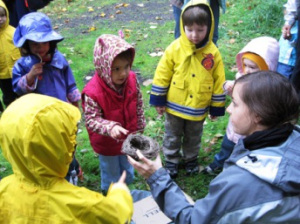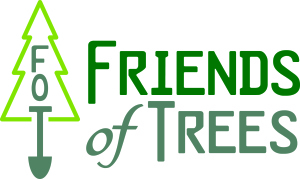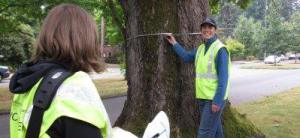Environmental Services is constructing 3,100 feet of new public sewer pipe and 1,450 feet of sewer laterals that will provide 65 properties with direct and independent connections to the public sewer. This work is part of the City of Portland’s effort to provide properties with sewer connections that comply with city code. The project will also help protect public health, property, and the environment by increasing the capacity of the public sewer system, reducing the potential for basement backups, and reducing the likelihood of emergency maintenance work in the future. Continue reading




